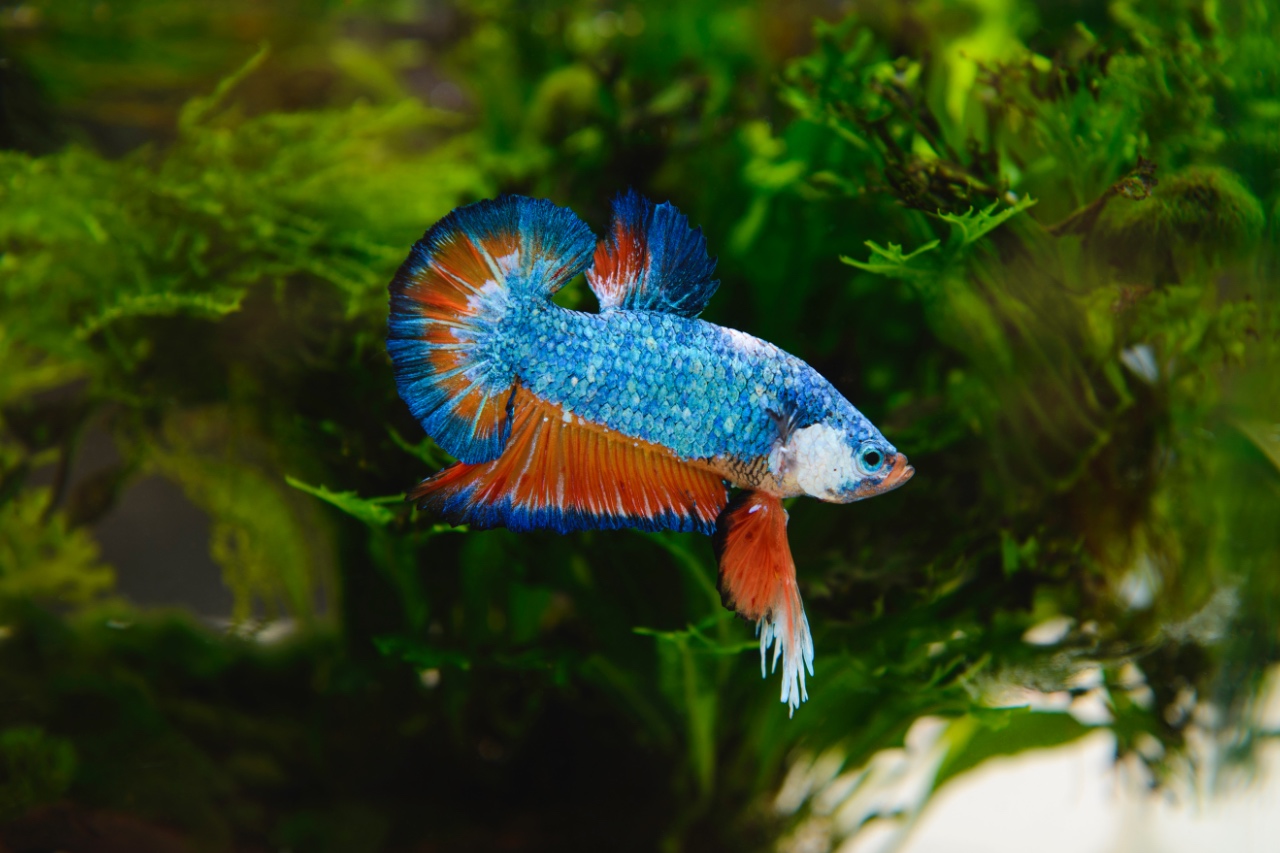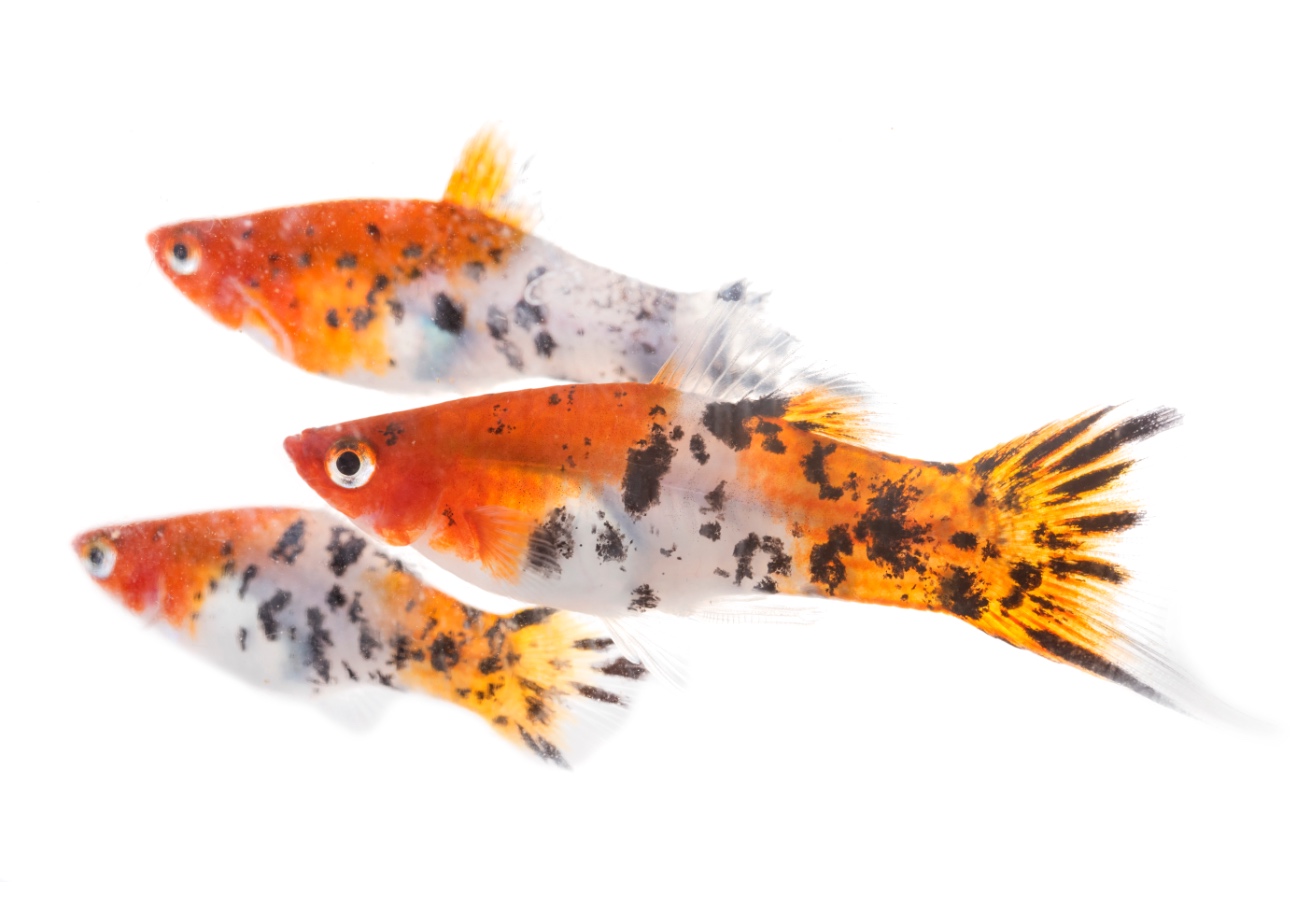Bettas are quite famous among aquarists. People are enthusiastic about keeping them in their tanks because of their beautiful features and colorful appearances. There are almost 73 different species of Bettas.
You can check the different types of betta fish. They are available in different colors, patterns, and tail types. The male Bettas are more famous as they have more vibrant colors and long tails than the female Bettas. The males are also more aggressive.
There are not many varieties of Bettas in the wild, as in the aquarium trade. The variety in their appearance is the result of breeding and experiment done by the experts in the captivity.
It’s easy to get attached to them because of their vivid appearance and active movements in the tank. They are bad-tempered and fast swimmers. The average lifespan of a Betta fish in captivity is around 3 years, but it all depends on the level of care and maintenance they receive.
The lifespan of Betta fish can be stretched to 4-5 years if cared for properly and given ample space to swim in the aquarium. Many other factors determine the lifespan of the Bettas. In this article, we are going to look at them. Let’s see how long bettas live.
How Long Do Betta Fish Live In Captivity?

Different factors decide the lifespan of Betta fish. If they get the proper care and the tank setup is right, you can expect your Bettas to live around 3 years in the aquarium.
The tank they live in should be cleaned properly and have the right equipment. Also, good quality food and the right tank mates play a major role in this. The Bettas are ill-tempered, so it is quite difficult to find a mate, especially two male Bettas cannot be put in the same tank. They will end up fighting or hurting each other.
You can easily buy them from pet stores. But they sell them only when the Betta reaches a certain age. A male Betta is only available when he is at least 1 year old, while the female Betta is sold when she is 6 months old.
If you buy them, you can expect them to stay with you for 2 more years. But in the case of females, you will get more time as they live a little longer than the males. Still, people prefer to buy male Bettas because of their vibrant appearance.
If you did everything right and took care of your Betta, it will be no surprise to find them living longer than expected.
How Long Do Betta Fish Live in the Wild?
Bettas live in shallow freshwater in the wild. They originated from Thailand and Cambodia but can be seen swimming in the ponds or streams of Brazil, Singapore, and Malaysia. Human intervention introduced them to many other regions.

The lifespan of Bettas in the wild are usually seen to be shorter than the tank setup. There are many reasons for this like unregulated water, the presence of other fiery fishes, exposure to diseases, etc.
If the water source gets polluted, food and plants will be destroyed, and Bettas will not thrive in these environments. There is a higher chance that male Bettas will confront another male in the wild.
The confrontation between the two male Bettas can turn into an ugly fight, as they are quite territorial and aggressive. They can get competitive if they see other fish wandering into their territory, which is why they are also known as ‘Siamese Fighting Fish’.
Due to expansion and development in Thailand, the natural habitat of the Betta fish is being destroyed. This is why Wild Betta is now kept on the IUCN Red List of Threatened Species.
How to Increase Betta Fish Lifespan?
We have learned why Betta fish’s lifespan is longer in the tank than in the wild. Now, we will look at the main factors that can enhance the quality and add a few more years to your Bettas’ lives. Proper betta fish care can help them live healthy and longer.

Always Buy a Healthy Betta Fish
This is an important factor to keep in mind before buying or adding a new Betta to the aquarium. Make sure the Betta is healthy, as an infected fish can infect the whole tank.
To recognize an unhealthy fish, below are some features that you can look for. If you notice any of them, the fish is sick or stressed and won’t survive long.
- Ripped or torn fins or tails
- Bite marks, scratches, or injuries on the body
- Paler or washed-out coloration
- Bulging eyes
- Strangely swimming or not moving at all
You can recognize a healthy fish if –
- It has clear eyes
- It responds when you put your hand in the tank
- It is actively swimming or moving around
- It has bright colors (especially male)
We have already learned that Bettas are sold when they reach a certain age. So, ask about the age of the fish before buying them.
Provide Healthy Betta Fish Food
Food is a crucial factor for every organism, and the same is true for Bettas. But you can’t just feed them with anything. If you want them to thrive, make sure to provide them with high-quality food only.
Fat and protein should be the main ingredients in their diet. Before buying anything, make sure protein and fat are at the top of the ingredient list, and buy food from certified stores only.
Bettas are carnivores, so it is easy to include various food in their diet. In the wild, they are known to feed heavily on insects, which are not easy to provide in the tank.
If you can’t get live food for them, you can use frozen food to feed instead. High-quality flakes or pellets are other best options to provide your Betta the required nutrition in their diet. There are many premade foods available in the market that are made primarily for Bettas.
You can also easily prepare their meal at home. Brine shrimp and bloodworms are the perfect ingredients to mix to create a healthy diet for betta fish.
The right food and ingredients are essential to maintaining health, and they greatly impact the coloration, growth rate, and lifespan of the Betta fish. They are also quite active while feeding, so they can be easily overfed. Overfeeding can result in bloating, which can become fatal if not treated.
To avoid this, provide only the amount of food they can finish in 2-3 minutes and feed only twice a day. Also, make sure to put another bite of the food when they have completely swallowed the first one. Otherwise, they will spit out the food without finishing to swallow the next one.
Betta Fish Tank Size Should Be Large Enough

You may see the pet store keeping the Bettas in a small container or cup. They do this to stop them from fighting, especially if they are male. Often, people give excuses such as the Bettas live in shallow water in the wild, so it is okay to keep them in a small tank.
This should not encourage you to keep the Bettas in the small tank. In the wild, the shallow water runs for miles, so they have ample space to swim or hide if they feel threatened. But in the small aquarium, they won’t have the same space, and it can make them stressed or more aggressive.
The minimum tank capacity for the Bettas should be at least 5 gallons. You can make it bigger but never reduce the size. The limit will decide the health of your Bettas.
If you plan to keep female Bettas in the community tank, you’ll have to increase the aquarium size. To figure out the Betta fish tank size, you can research the requirements of each fish and then decide.
Use A Planted Aquarium for Oxygen
It is also important to create a good environment to increase the lifespan of Betta fish. You can do this by including a variety of plants in the tank. The plants will give them a feel of their natural environment, and you will be more likely to see their natural behavior.
Bettas are carnivores, so they don’t feed on plants, but they will nibble or try to uproot them. Therefore, it is necessary to have hardy plants to withstand their nibbling and grow faster.
Floating plants are a good choice for this purpose. They can grow fast and are hardy enough to take the nibbling from them. These plants also increase the oxygen level in your fish tank and provide ample hiding spots for a group of female Bettas.
Some of the best plants that you can add to the tank are given as follows –
- Java Fern –They can grow up to 8 inches, giving a lot of space without occupying the tank.
- Anacharis is another hardy plant that can survive in a wide range of environments and grows quickly.
- Java Moss –These will give your tank a breathtaking look and are quite easy to grow and care for. You can also use them for Aquascaping.
Use An Aquarium Filter and A Heater
It is imperative to use the right equipment in the tank to make the water conditions stable and healthy. Many people think that because wild Bettas live in rice paddies, they can tolerate dirty or different water temperatures. But it is not true.
The weather in countries like Thailand is tropical, so the temperature of the water in streams or ponds ranges between 75 and 80 degrees Fahrenheit. So, having a heater in your tank is quite important to keep the water warm.

Another important thing for the aquarium is a filter. The filter regularly cleans the water and keeps it oxygenated. It also keeps the water healthy by reducing the level of ammonia or nitrites.
Even after using a filter, you have to change the water once every week. This will help reduce the other harmful components in the aquarium while maintaining the temperature.
Male Betta Fish Should Be Kept Separate
As early as the 19th century, Bettas, especially male bettas, were considered a source of entertainment. Aggressive species were bred to produce more aggressive species and battled out in the tank, like cockfighting.
Sad enough, Betta fighting is still practiced in some parts of Thailand. The name ‘Siamese Fighting Fish’ comes from that trend only.
If you have no intention of battling your Bettas, put them in separate tanks or give them enough space to swim or hide in the tank. On the other hand, female Bettas are not that aggressive and can live peacefully in a group.
If there is ample space and the male Betta still confronts another male, they will fight for a few minutes. The weak one will give up and swim away to find another territory to own.
If there is limited space to swim and hide, you will encounter the ugliest fight among the two Bettas. They will fight until their last breath. In the end, you will have a heavily injured male Betta and one dead male Betta.
Don’t put the two male Betta in the same tank to avoid this situation. Other fish species, such as Rasboras, can become good companions of the male Bettas.
These two are known to co-exist in the wild, so keeping them together in the same tank is safe. Other fish species that can live peacefully with the male Bettas include Bristlenose Pleco, Neon Tetras, Snails, and Loaches.
Betta Fish Lifespan FAQs
Summary
Bettas are known to live for a maximum of 3 years. But you can add years to their lifespan if you do everything right, from the right tank setup to the healthy diet.
The tank size also plays a major role. The Bettas need ample space to swim, mark territory, or hide if they feel threatened. Please choose the right plants that can withstand their nibbling.
If you do everything right, your Betta will move actively and show bright colorations. This is all an owner wants when they buy a Betta for their tank.
Do you have Betta? How do you care for them? What are the qualities that you like most about them? Let us know in the comment below.



